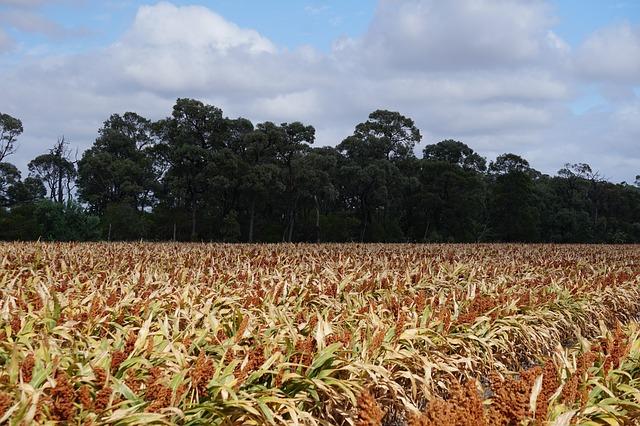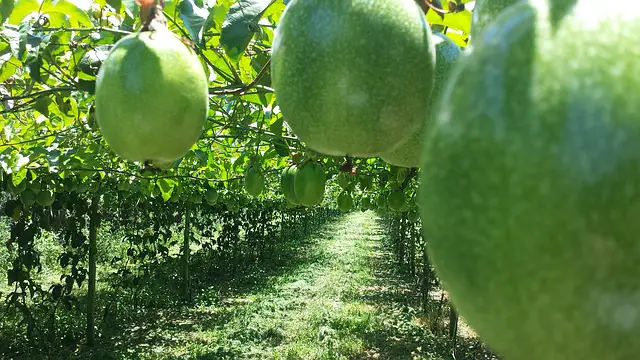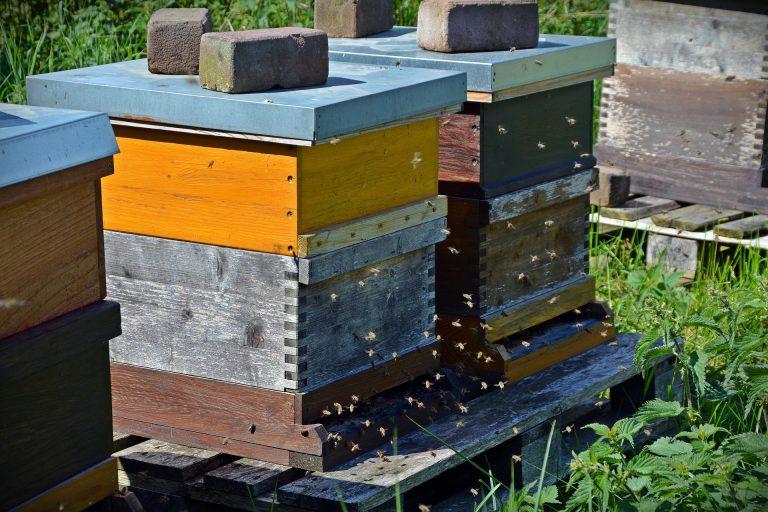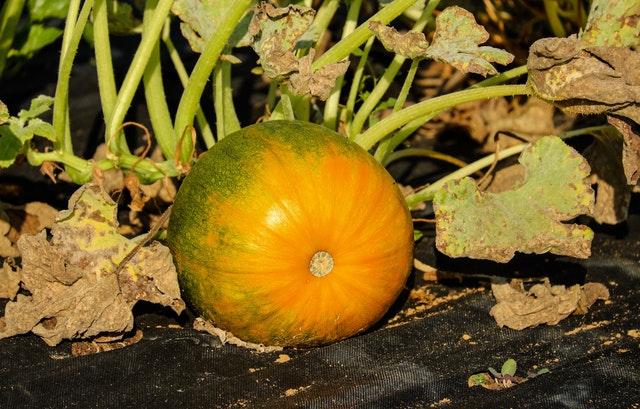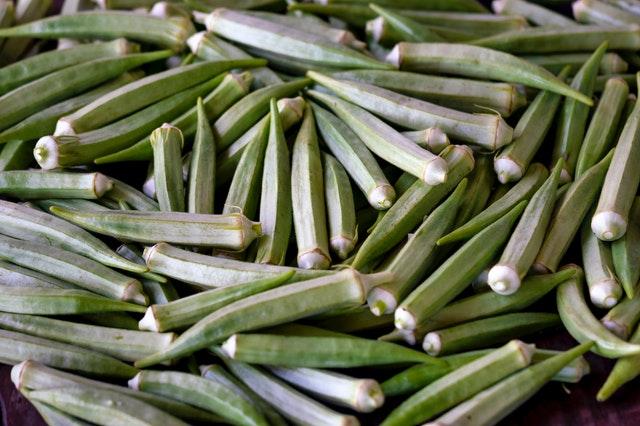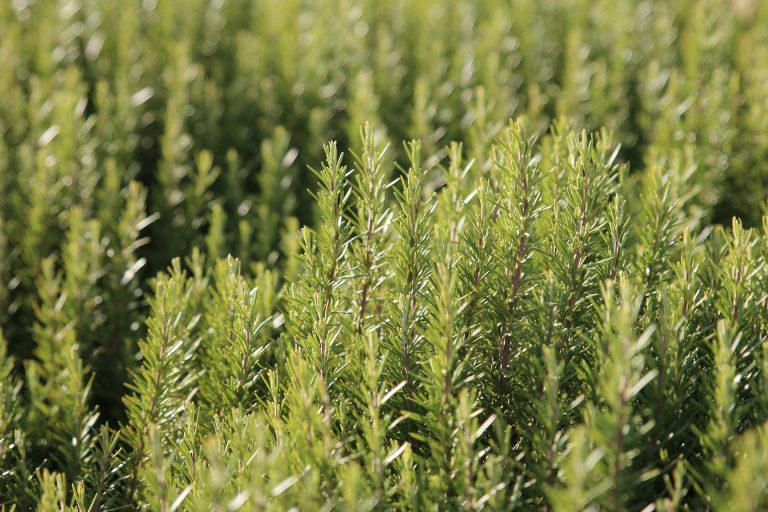Guide to farm Sorghum in Kenya
Because of the short harvest cycles and little maintenance activities, sorghum is the 5th most cultivated grain crop in the world.
Grain sorghum farming in Kenya can be a substitute for the staple maize crop, which takes longer to grow and is highly affected when there is drought.
The Market for Sorghum in Kenya
The sorghum market is huge and is currently expanding as people seek to diversify their diet from the common maize. Currently, the cost of a 90kg bag of sorghum ranges from Ksh.3000-5000. Traditionally, sorghum is consumed as uji, ugali or sometimes fermented into alcoholic drinks. Some of the major buyers of sorghum in Kenya include;
- Unga LTD
- Kenya Industrial Research and Development Institute (KIRDI)
- Primary and secondary schools
- Hospitals and humanitarian NGOs.
- Kenya breweries
Health Benefits of Sorghum in Kenya
Sorghum is a nutrient-packed cereal grain that offers a variety of health benefits to its consumers. In addition to it being full of nutrients, sorghum is a gluten-free grain and is therefore suitable for use as a substitute to other nutrient-containing grain for people suffering from gluten sensitivity. Some of the health benefits of sorghum include;
- Sorghum contains vitamin B, which plays an essential role in metabolism, neural development, and skin and hair health.
- Sorghum is also rich in fibre which is an essential part of our daily diet. This is essential to a healthy digestive tract, stabilizes blood sugar levels in diabetic people and also aids in weight loss.
- Being rich in magnesium, sorghum is also essential in bone formation, energy production in your body and heart health.
Varieties of Sorghum in Kenya
There are several varieties of sorghum planted in Kenya. These varieties are based on the climatic conditions they do best in. Some of these varieties include;
- Serena, Seredo- This variety does well in moist mid-altitude areas such as Kisumu, Busia and Kakamega
- IS76, KARI/MTAMA 1- This variety does well in semi-arid lowlands such as Kitui, Mwingi and Tharaka Nithi
- E1291, E6518- This variety does well in cold semi-arid highlands such as Nakuru, Laikipia, Narok and Baringo
Ecological Requirements (Climate, rainfall/water/temperature/soils)
Sorghum is produced in a wide range of soil types and agro-climatic zones. It does well in heavy clay soils (vertisols) and light sandy soils with a pH ranging from 5.0-8.5. Some of the agro-climatic zones include;
- Semi-Arid lowlands- These are places of altitude of 250-1500m above sea level that receive 250-500mm annual rainfall.
- Mid-semi-arid highlands-These are places of altitude 1750-2000m above sea level with rainfall averaging 300-800mm annually.
- Humid coastal lowlands- These are areas situated 0-250m above sea level with rainfall ranging from 400-800mm annually. These zones have a high temperature and humidity e.g. the coastal strip.
- Moist mid-altitude- These are areas with an altitude of between 1150-1750m and rainfall of above 500mm e.g. western Kenya region around Lake Victoria. This also includes places of low humidity that have high temperatures e.g. Embu, Nyeri.
- Cold Semi-Arid highlands- These are areas with an altitude ranging from 1750-2000m above sea level with a 300-800mm rainfall regime. These regions have low temperatures and humidity e.g. Laikipia, Nakuru.
Sorghum Yield Per Acre
The yield of sorghum depends on the variety. While talking about yield, you should also consider if you plan on harvesting fodder for animal feed. Some varieties are more suitable for both grain and fodder e.g. E1291.
Yields from rain-fed sorghum farms range from 0.3-1tonnes. In farms that use hybrid sorghum seeds, yields of up to 12 tonnes per hectare under ideal inputs, soil and water conditions can be achieved.
Though the hybrid seeds produce more harvests, you cannot reuse the grain as seeds during the next planting season. Also, the traditional varieties are more drought and disease resistant than their hybrid counterparts.
Land Preparation for Sorghum
You should begin land preparation promptly after the previous crop is harvested. This allows adequate time for; infiltration and storage of soil moisture, the decay of crop residue and soil firming.
For optimum production, the row spacing for sorghum is between 60-75cm by 20cm between plants depending on the variety. In places where an ox is used to plough the land and the row spacing is fixed at 90cm, the recommended plant spacing is 15cm.
Fertilizer application is done at the rate of 2 bags per acre at planting. When the crops get to knee-height, it is recommended that you top dress the crop using CAN.
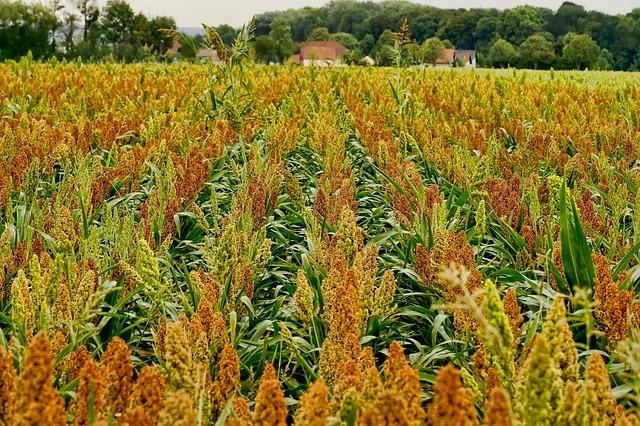
Fertilizer requirements for Sorghum
It is important for you to conduct soil tests to know the kind of nutrient deficiencies your soil has. From that information, you will understand what nutrients your soil needs for optimum production of sorghum.
To maximize yields, use NPK (Nitrogen, Phosphorus, Potassium) of ratio 90:45:45. Apply the fertilizer on two thirds top sides of the ridges at 5cm depth and cover the soil.
Nursery preparation and Transplanting Sorghum
In most areas, sorghum is sowed directly in the field, but you can first propagate them on nurseries. By using nurseries, you can ensure only healthy seedlings are used for transplanting whilst reducing the time the crop will take in the field.
Sorghum requires a fine seedbed for better seedling establishment. 300 metres squared of nursery bed is required for raising seedlings for one hectare.
You should transplant the seedlings when they are about 15-18 days old. Plant the seedlings at a depth of 5cm and distance of 15cm apart
Sorghum Irrigation Requirements
Depending on the variety of sorghum being grown, water requirements for sorghum vary between 350-700 mm. The growing cycle is varied according to the variety. A short growing cycle is about 90 days. A long one averages more than 130 days.
Within many semi-arid areas, temperatures range from 20-380 with annual rainfall ranging from 300-750 mm.
To obtain optimum yields in conditions of good soil fertility, a short growth cycle variety e.g. Serena and IS 76 needs between 500 to 600 mm of well-distributed rainfall. You will require about 950-1100 mm for a long growth cycle variety e.g. E1291 and E6518.
Diseases affecting Sorghum
Different varieties of sorghum face different types of diseases depending on the climatic region the crop is grown in. Some of the most common diseases include;
- Leaf blight, Anthracnose rust- This is prevalent in humid conditions and is evidenced by dry lesions on the leaf surface and brown to red spots on the leaf. This can be controlled by spraying fungicides and practicing field sanitation.
- Charcoal rot- This is shown by premature drying of the plant caused by water stress. You can avoid this by planting the crop in good time and irrigating it in case of drought.
- Grain mold- This occurs under wet humid conditions and is evidenced by a dark sooty appearance on the grain. This can be controlled by ensuring the crop gets sufficient sunlight to reduce humidity or using tolerant sorghum varieties.
Pests affecting Sorghum
Like any other grain crops, sorghum is attacked by a variety of pests the most common being;
- Stalk borers – This pest is prevalent in humid coastal and lake regions. The plant shows symptoms such as shot holes and drying of the central shoot. You can control this by applying insecticides e.g. Dipterex in the funnels or intercropping with cowpeas.
- Shoot fly – Occurrence of this pest is shown by drying of the central growing shoot. You can control this pest by spraying with insecticides e.g. Furadan during planting.
- Headbugs- This pest is widespread and is evidenced by shriveled chaffy grain and distinct red-brown feeding punctures on the grain. You can control this by spraying with insecticides e.g. Diazinon.
- Birds- Birds attack the crop as soon as grain starts forming on the crop. To control birds, you will need to use things that scare birds such as scarecrows and reflective material such as old CDs and aluminum foil.
Weed Control in a Sorghum Farm
There are several ways weed control can be done while farming sorghum. Common weeds that grow alongside sorghum are Striga and couch grass. Some of the methods include;
- Hand pulling – You can manually extract the weeds by pulling them by hand and burning them before they flower.
- Intercropping – You can also intercrop sorghum by planting it alongside cowpeas, groundnuts or cotton to reduce space that weeds can utilize to grow.
- Weeding – You can employ the use of a hoe to dig out weeds 3 weeks after crop emergence. This should be done carefully to avoid damaging the crop.
- Use of herbicides – Where manual pulling cannot be done, you can employ the use of herbicides to control weeds.
Intercropping Sorghum
Sorghum can be intercropped with legumes such as beans and cowpeas. Intercropping of sorghum and cowpeas helps in weed and pest control as cowpeas act as a trap crop
Intercropping sorghum and cowpeas have a lot of advantages including;
- Increase grain and straw productivity
- Increase your food security
- Increase your incomes through cowpea grains and fodder sale
Sorghum Harvesting and Post-Harvest
Harvesting of sorghum should be done early to avoid losses from birds, insects, mold and bad weather. The ideal time to harvest sorghum is when the moisture content is below 20% as the seeds will have hardened enough to withstand threshing action. You can harvest sorghum by cutting the head using a knife. You can alternatively use a combine harvester if a large tract of land is to be harvested. However, this can only be done on the dwarf sorghum variety.
Post-harvest
After harvesting and threshing sorghum, you should dry the grain to achieve a 12% moisture content before storing it in gunny bags or a silo. Drying is very essential for the following reasons;
- To prevent mold growth which may lead to the formation of aflatoxins which are carcinogenic when consumed.
- To reduce chances of insect attack
- To prevent grain germination while in storage.

